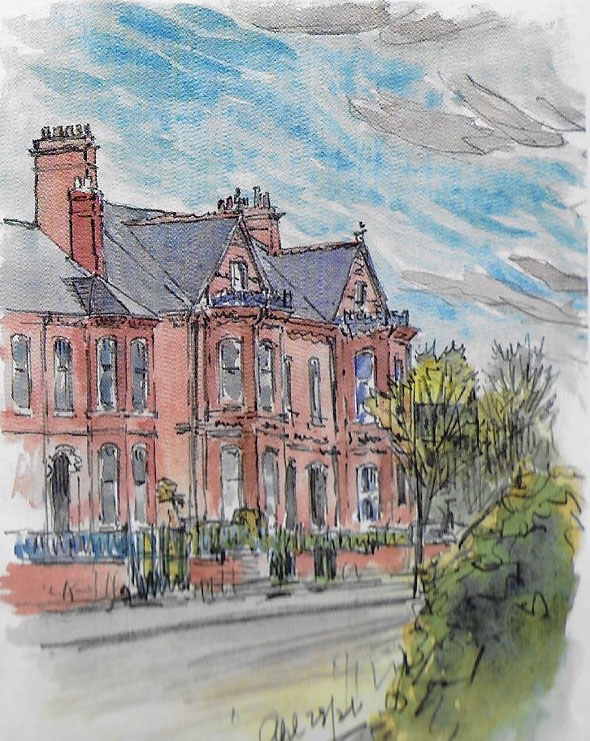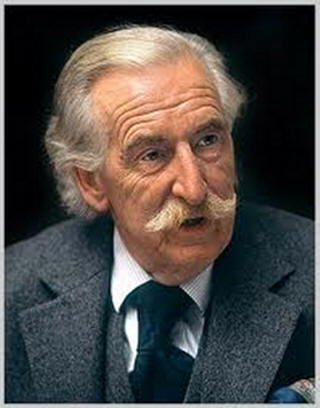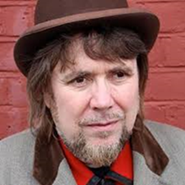CovSoc member Peter James writes…..
Earlsdon’s development began in 1852 with the building of eight streets. The earliest inhabitants were weavers and watchmakers keen to move from the city slums into the countryside. It evolved into an industrial village isolated from the centre of Coventry connected only by a footpath known as the Earlsdon jetty. The opening of Albany Road in 1898 was a significant event providing a proper transport link. The other benefit of the scheme was the connection of Earlsdon to the city’s main sewer which ran along the side of the road.
Sydney Bunney was born in Coventry in 1877 and brought up in Raglan Street. He was the son of a ribbon warehouseman. He lived at 154 Albany Road in the later years of his life. Sydney enrolled at the Coventry School of Art in 1892 where John Anderson was Headmaster. Anderson retired from the post in 1906 and was replaced by William Milnes. He appears to have been a major influence on Sydney, encouraging him and his fellow students to follow the example of Joseph Turner by making sketches under various conditions along with notes. Sydney’s work includes water colour paintings of Coventry 100 years ago showing some buildings that have survived and many that haven’t. They have provided pleasure and information for both art lovers and historians.

Another famous inhabitant of Albany Road was Frederick Gibberd. Born at number 58 in 1908 the eldest of five brothers. Their father Frederick was a school outfitter who ran a successful business which eventually finished trading in the Lower Precinct in 2009. Frederick’s senior school education began in 1917 at King Henry VIII Grammar School. He left in 1924 to train as an architect at Crouch Butler & Savage in Birmingham. He eventually became an architect, town planner and landscape architect. His most notable projects were the Liverpool Roman Catholic Cathedral, the Central Mosque in Regents Park and Heathrow Airport Terminals 1, 2 & 3. In 1946 he became Master Planner for Harlow New Town and he was involved there until 1972. This enterprise is seen by many as his greatest achievement. Frederick was knighted in 1967 the year that Liverpool Cathedral was completed.

Number 51 Albany Road was at one time the home of Jerry Dammers. He was born in Ootacamund, Tamil Nadu South India the son of Horace Dammers the Dean of Bristol Cathedral from 1973-1987. Dammer’s flat is regarded as the birthplace of the 2-Tone movement. He created a look as well as sounds and lyrics which promoted equality. The 2-Tone Record Label formed in 1979 featured The Specials, The Selector, Madness and The Beat. Jerry Dammers and Horace Panter were responsible for the artwork synonymous with 2-Tone Records. The logo featured a man in a black suit, white shirt & black tie, white socks and black shoes plus a checkerboard.


